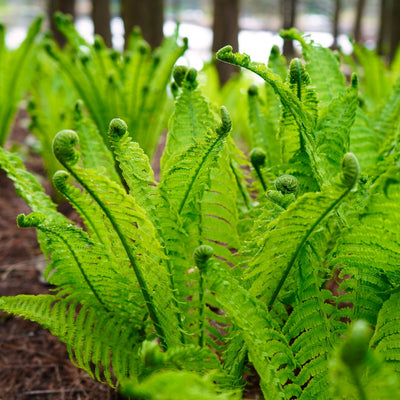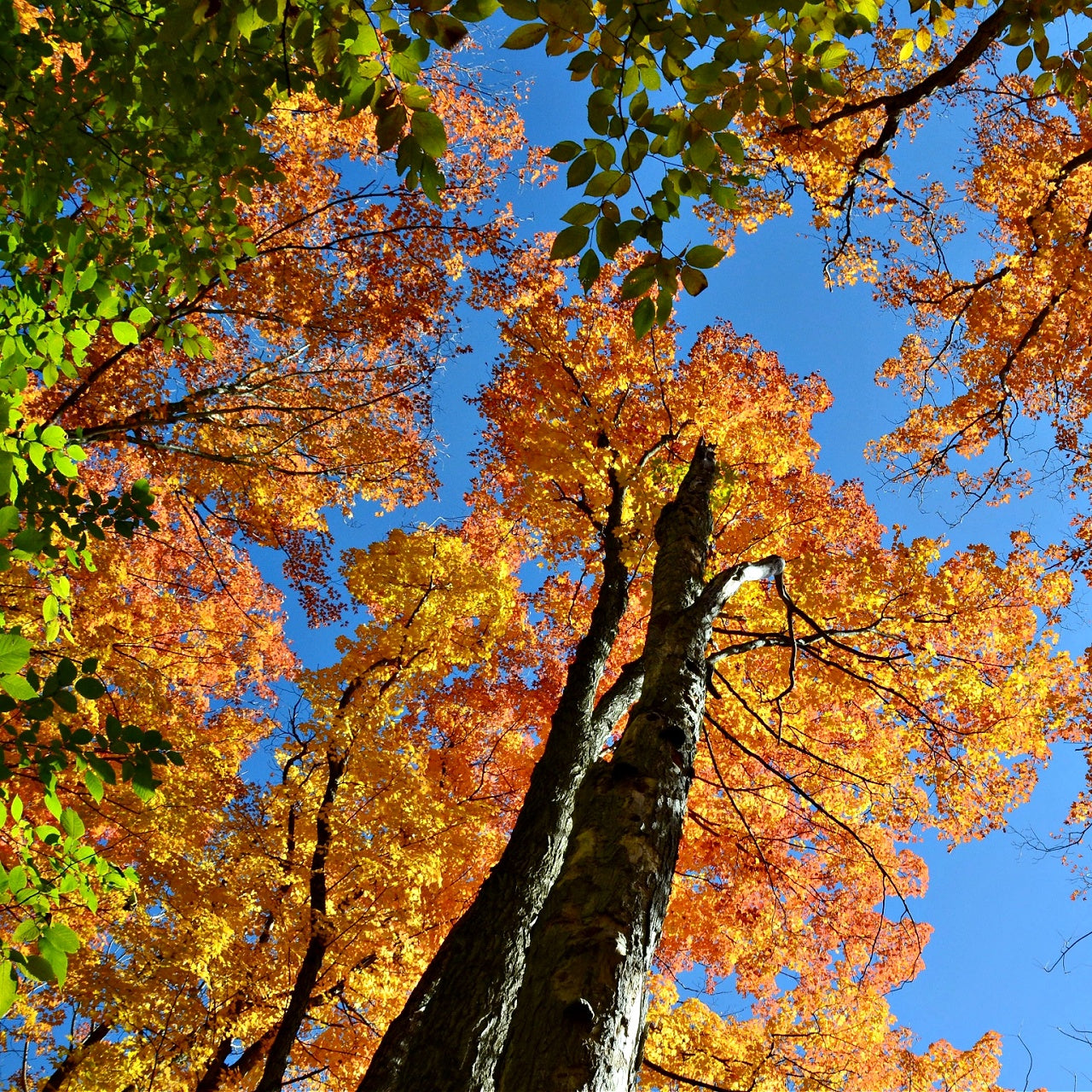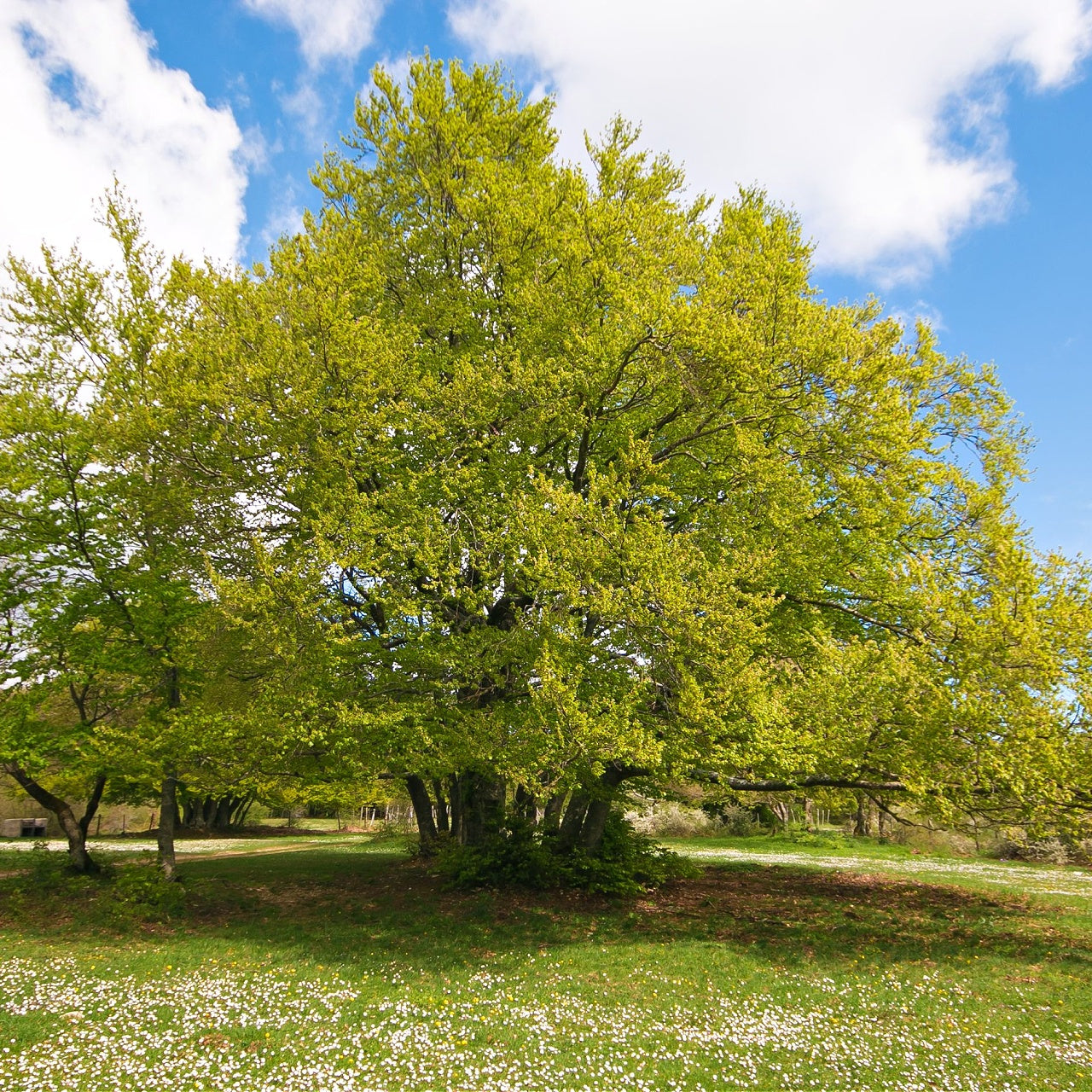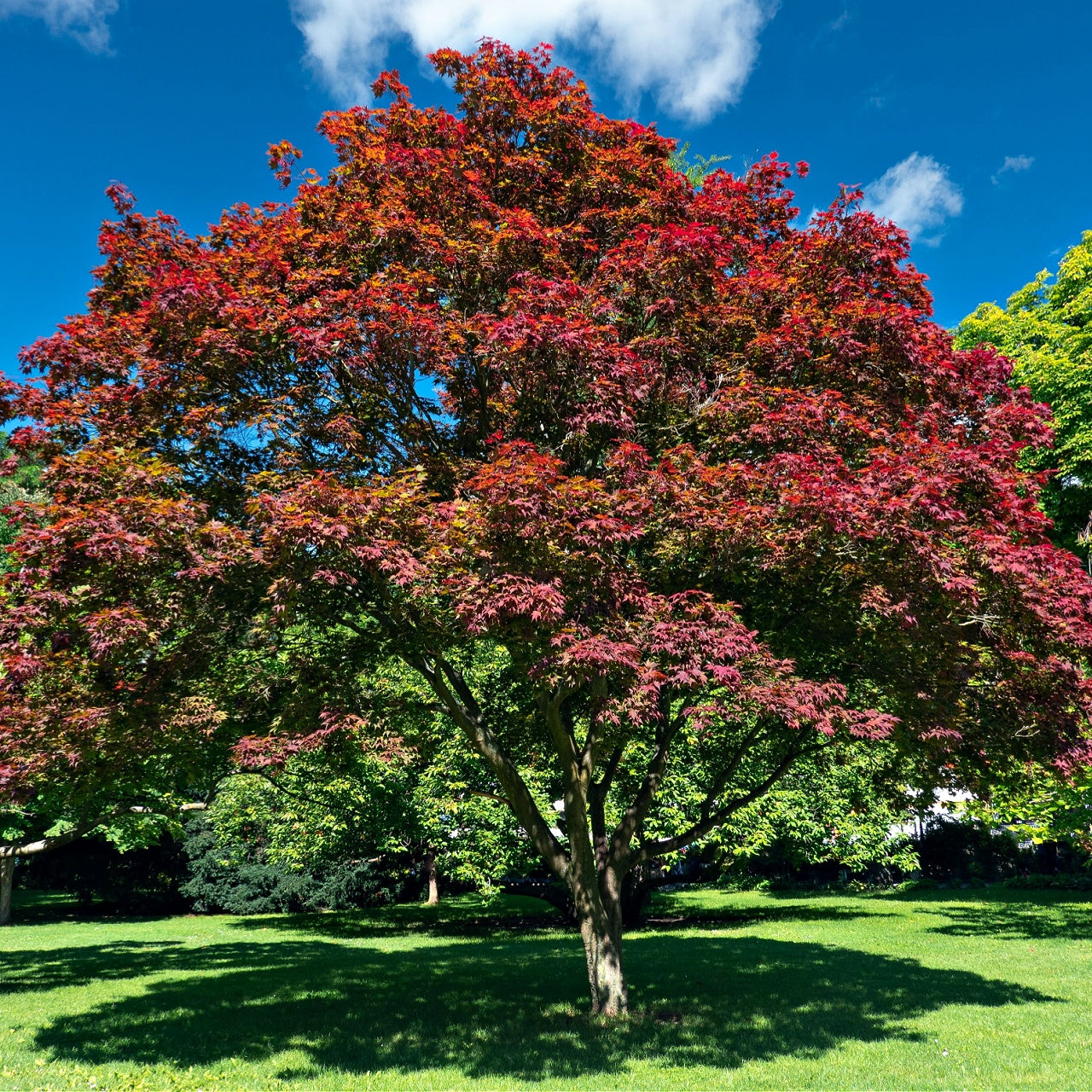
Why to Grow Spicebush
Why to Grow Spicebush
Why You Need to Grow Spicebush
Imagine picking a leaf off a shrub, crushing it in your fingers, and immediately smelling a citrusy, spicy scent. The scent immediately transports you to a different place... sitting in your home with a cup of Constant Comment tea. Why did this happen? Its earthy, spicy, and heavily citrus scent is familiar and reminiscent of a steaming cup of spiced, citrusy black tea, and it might just make you think of walking through a forest on a brisk autumn morning.
Do you know what plant I’m talking about? If you haven’t guessed it already, this plant is the Northern Spicebush (Lindera benzoin). In the forests I grew up exploring (and still explore) there are many groves of Northern Spicebush. This shrub is important for wildlife and the environment. Maybe I’m a little biased, but spicebush is one of my favorite shrubs to recommend when gardeners are looking for a plant that pollinators will love. When I find one, I love breaking off a leaf to share the citrusy scent with whoever I am with.
At one of my old places of work, I remember gardening and hearing the call of the Gray Catbird and seeing them eating the berries off the shrub. Once the birds found them, those berries disappeared quickly!
Keep reading to find out why you need this important, yet underappreciated shrub to be a staple plant in your garden.
A Bit of Spicebush Botany
Spicebush is a shrub that is native to North America and grows in Zones 4 - 9. As a member of the Lauraceae family it is related to the Sassafras tree and the bay laurel – where we get the culinary bay leaves from.
Its leaves are green and lighter on the undersides, and have smooth edges. These green leaves will change to yellow in the fall, creating a beautiful golden wall.
This plant has very tiny, yellow flowers that bloom during early spring before the leaves emerge. Its berries (botanically called drupes) are red and shiny, with large seeds inside.
If you want the red berries, you will need multiple plants. Spicebushes are dioecious, meaning that they have separate male and female plants. You will want to have least one male plant with multiple female plants, as these are the ones that will produce the red berries.
Ecological Importance of Spicebush
This shrub is incredibly hardy and resilient, making it a great option for the garden. It is an important plant for lots of wildlife, including butterflies, birds, and other pollinators.
If you love to see birds and butterflies in your landscape, you need to plant Spicebush.
Spicebush is the host plant for many butterflies and is best known for being host to the Silk Moth (Promethea), as well as the Swallowtail Butterfly (Spicebush). The caterpillars pf these insects will eat the leaves of the plant.
Birds will use the branches to nest in. Many bird species love to eat the berries, including Gray Catbirds, Cardinals, and Wood Thrushes. Wood Thrushes especially love the berries, picking them over other plants!
This is a deer resistant plant, making it a great plant to add to your woodland garden. Of course, when it is young, you will want to protect it – especially if you are growing your garden in what I like to call deer country.
Is Spicebush Edible?
Yes, spicebush is an edible plant. Like all new foods, it is wise to proceed with caution when trying a foraged food for any signs of oral allergies.
Its leaves can be used in teas. I would recommend that you use stronger flavors, like chamomile or mint, in combination with the spicebush leaves to make a foraged iced tea that you can enjoy while lounging in your garden. Alone, the spicebush leaf tea is underwhelming.
This plant’s berries are also known as Appalachian Allspice. Berries can be foraged and cooked with, lending a citrusy spice to meals. Use the berries dehydrated or cooked into kebabs, baked goods, ice cream, or add to your chicken and meat dishes. If you are not processing the berries into a dehydrated form, keep them in your fridge for about seven days.
How to Grow Spicebush
This is an easy grow and low maintenance plant you will wish you had planted in your garden sooner. It requires very little maintenance once it is established in your garden, making it truly a great choice for gardeners of all experience levels.
Sunlight: Spicebush is naturally a shady understory plant, so you will want to plant your new plants in an area that gets plenty of filtered sunlight.
Companion Planting: Plant your bushes with native wildflowers and spring ephemerals to make your garden shine. If you are looking to imitate Mother Nature’s woodlands, you can plant spicebush with ferns, Bloodroot, and Virginia Bluebells to create a beautiful and hardy woodland inspired garden.
Where to Plant: Use this plant to create your woodland garden or children’s garden. Plant it near the edge of the border, or alongside a path. Plant it as an understory shrub in your woodlands or create a therapeutic garden.
Propagation: The Spicebush can be propagated from seed after a cold period (stratification). It can also be propagated with soft wood cuttings during early summer. We recommend purchasing our more mature, older plants, rather than waiting for them to grow in from seed. This will help make sure that your garden ages at the same time.
Adding Spicebush to Your Sensory or Children’s Garden
Spicebush is an excellent plant for using in your therapeutic or sensory garden because of its highly aromatic qualities. Its leaves, twigs, and berries can all be crushed to release that characteristic citrusy, spicy scent. This hardy plant is ideal for gardeners who want a fragrant garden or want to encourage sensory interaction with their plants. Some scents can cause recall in memory patients, making this tree a valuable addition to a therapeutic garden.
Use this plant in children’s gardens, too, for a plant that will delight the smallest of noses. Unlike other plants, if children happen to eat this plant, parents will not need to worry about toxins.
Alternatives to Spicebush
Maybe you already have lots of native spicebush on your property. If you still want the ecological importance of spicebush, but you are looking to add some diversity to your garden beds alongside them, you can use other native shrubs like Witch Hazel or Carolina Allspice. These alternatives to Spicebush are both hardy, resilient plants that are head turners, and have beautiful and scented blooms.
Native plants often get outshined by exotic plants, but they should be included in your garden. Spicebush is a hardy, native plant that absolutely deserves a spot in your home landscape. When you plant exotic plants, you are planting for your eyes. When you plant native, you are not only planting for your eyes: you are also planting for the environment, native wildlife, and its ecological benefits. The value of spicebush to wildlife is clear, and planting this shrub in your landscape will create a haven for pollinators, small mammals, and birds. Plant Spicebush in your garden – I promise, you will not regret it!
Products from the Article
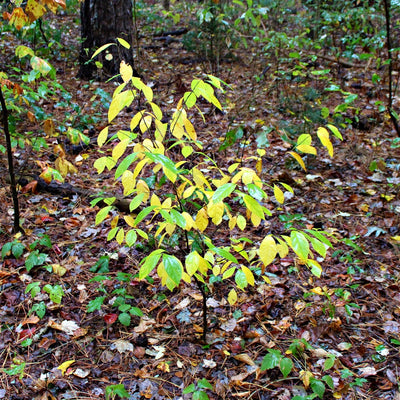
Northern Spice Bush
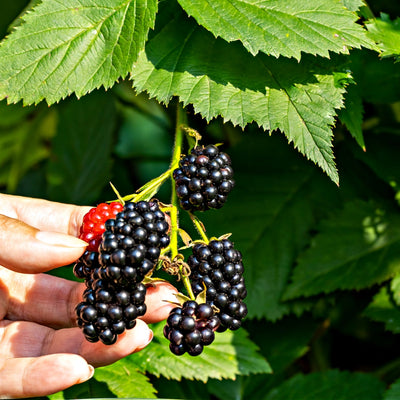
Wild Blackberry Bush

Witch Hazel Shrub



